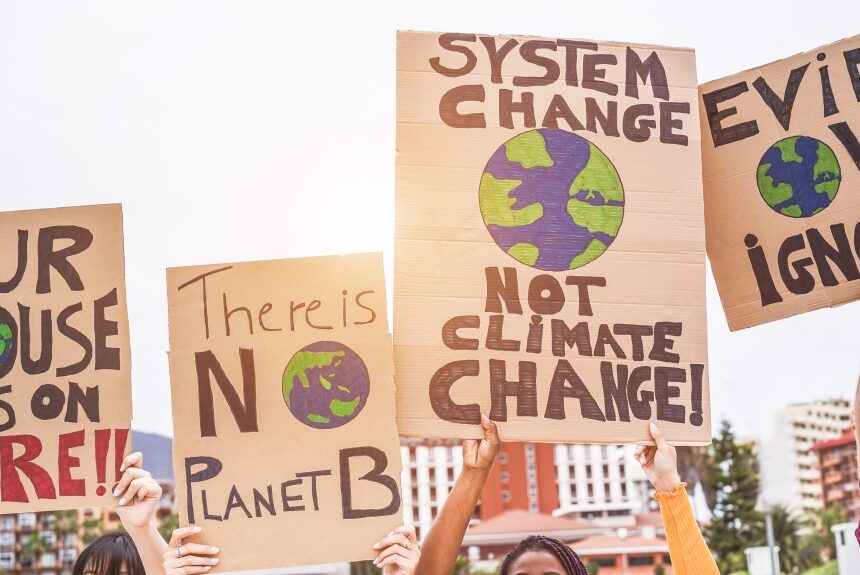In today’s fast-paced world, technology is advancing at an unprecedented rate. Every year, we see more and more electronic devices and gadgets being introduced to the market, from smartphones and laptops to televisions and kitchen appliances. While these devices are meant to make our lives easier and more convenient, they also contribute to an alarming amount of electronic waste.
Improper disposal of electronic waste can have devastating effects on the environment, as well as on wildlife. This is why it’s crucial to understand how to properly dispose of electronic waste in an eco-friendly way. In this blog piece, we’ll explore some practical ways to dispose of electronic waste. From recycling to disposing of electronic equipment, we’ll provide you with the information you need to make a positive impact on the environment while still enjoying the benefits of modern technology.
What is electronic waste?
Electronic waste (e-waste) refers to any electronic device that has been discarded after use, or is no longer in working condition. This can include everything from smartphones and computers to kitchen appliances and televisions. According to a report published by Ian Tiseo at Statista, the world generated a record 54 million metric tonnes of e-waste in 2019, and this number is expected to rise to 75 million metric tonnes by 2030. This is why e-waste is a growing problem that can have serious environmental and health consequences if not properly disposed of.
Why is it important to properly dispose of electronic waste?
Improper disposal of e-waste can have devastating effects on the environment and human health. They often contain toxic chemicals, such as lead, mercury, and cadmium, which can leak into the soil and water supply if not disposed of properly. These chemicals can have harmful effects on wildlife and humans, causing everything from birth defects to cancer. In addition to the health risks, improper disposal of e-waste can also contribute to climate change — many electronic devices are made using precious metals such as copper, lithium, and gold that require a lot of energy to mine and refine.
Identifying electronic waste
Before you can properly dispose of electronic waste, you first need to identify it. E-waste can come in many different forms, from small devices like cell phones and tablets to larger appliances like refrigerators and washing machines. The easiest way to identify e-waste is to look for the “crossed-out bin” symbol, which is a logo that indicates that the product should not be discarded with regular household waste. This symbol can usually be found on the product itself or on the packaging. If you are unsure whether a product is recyclable or not, you can check with your local recycling centre or waste management company.
Steps to properly dispose of electronic devices
Once you have identified your e-waste, the next step is to dispose of or recycle it properly. Recycling e-waste often involves taking your e-waste to a recycling centre, where the device is broken down into its component parts and separated for reuse. This includes everything from the plastic casing to the circuit boards and wiring. Recycling your e-waste can help reduce the amount of waste that goes to landfills, conserve natural resources, and prevent the release of harmful chemicals into the environment. Properly disposing of electronic waste, such as laptops, smartphones and tablets, can involve several steps, including:
Backup your data
Before you dispose of your electronic device, it’s important to back up any data that you want to keep. This includes everything from photos and videos to important documents and emails.
Reset your device
Once you have backed up your data, you need to clear your device of any personal information. This includes deleting all files and data and resetting the device to its factory settings.
Find a recycling centre
The next step is to find a recycling centre that accepts e-waste. Many waste management companies and electronics manufacturers offer recycling schemes for their products. You can also check with your local council or use the internet to find a recycling centre near you.
If you are relocating your business, it is recommended that you hire a professional office clearance service to dispose of your WEEE waste, furniture, and other hazardous materials responsibly.
Drop off your e-waste
Once you have found a recycling centre, you can drop off your e-waste for recycling. Some recycling centres may charge a fee for certain items, so be sure to check before you go.
Donating or reselling electronic devices
If your electronic device is still in working condition, you may be able to donate or resell it instead of recycling it. This way, you can help extend its lifespan and reduce the amount of e-waste that is generated. Some options for donating or reselling electronic devices include:
Donating to a charity
Many charitable organisations accept electronic devices as donations. These devices are often refurbished and donated to people in need.
Selling online
You can also sell your used electronic device online through sites like eBay. This can be a good option if you want to make money off of your device instead of donating or disposing of it.
Trading in
Some electronics manufacturers and retailers offer trade-in schemes for their electronic products, allowing you to trade in your old device for a discount on a new one.
Electronic waste is a growing problem in the digital age that can have serious environmental and health consequences if not properly disposed of. By understanding how to properly dispose of electronic waste in an eco-friendly way, we can all do our part to protect the planet. Whether you recycle, donate, or resell your electronic devices, every small action helps to reduce e-waste and protect the environment.


